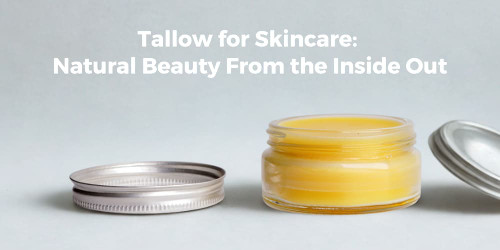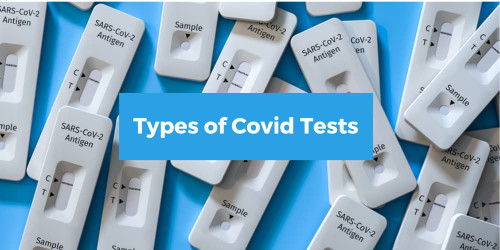Athlete's foot, known medically as tinea pedis, is a common fungal infection that affects the skin on the feet, particularly between the toes. Athlete's foot can cause discomfort, itching, burning sensations, and even lead to more severe complications if left untreated. Here are effective ways to manage and cure an athlete's foot:
What causes Athlete's Foot?
Athlete's foot is caused
by various types of fungi, primarily belonging to the dermatophyte group. These fungi thrive in warm, moist
environments such as locker rooms, swimming pools, and communal showers, making
athletes and individuals who frequently wear tight-fitting shoes more
susceptible to infection. The fungus can also spread from person to person
through direct contact or by sharing contaminated items like towels or shoes.
Symptoms of Athlete's Foot
Common symptoms include:
- Itching and burning sensations on the affected areas, particularly between the toes.
- Redness, inflammation, and peeling skin, often accompanied by a foul odor.
- Cracked or blistered skin that may ooze or become raw.
- Discomfort or pain when walking or standing for prolonged periods.
How to prevent Athlete's Foot?
Taking proactive measures to prevent athlete's foot is important to avoid
recurrence. Incorporate the following into your daily routine:
- Keep your feet clean and dry, especially after participating in activities that cause excessive sweating.
- Wear shower shoes or flip-flops in communal areas such as locker rooms, gyms, and public swimming pools.
- Avoid walking barefoot in public places to reduce the risk of fungal exposure.
- Regularly sanitize your shoes and socks by washing them in hot water or using antifungal sprays or powders.
- Consider using antifungal foot powders or sprays as a preventive measure, particularly if you have a history of recurring athlete's foot infections.
The cure for Athlete's Foot
1. Maintain Proper Foot Hygiene
- Wash your feet thoroughly with soap and water daily, paying close attention to the spaces between your toes.
- Dry your feet completely, especially the areas between the toes, as moisture encourages fungal growth.
- Avoid sharing towels, socks, or shoes with others to prevent the spread of the fungus.
2. Use Over-the-Counter Antifungal Medications
- Topical antifungal creams, lotions, or sprays containing ingredients like clotrimazole, terbinafine, or miconazole can effectively treat athlete's foot.
- Follow the instructions provided on the product label and continue treatment for the recommended duration, even if symptoms improve before then.
3. Practise Good Foot Care Habits
- Wear clean socks made of breathable materials such as cotton or moisture-wicking fabrics to keep your feet dry.
- Choose shoes with adequate ventilation and room for your toes to move freely.
- Consider rotating your shoes to allow them to dry completely between uses, particularly if you sweat heavily during physical activity.
4. Try Home Remedies and Natural Treatments
- Soaking your feet in a mixture of warm water and vinegar or diluted tea tree oil may help alleviate symptoms and inhibit fungal growth.
- Applying cornstarch or baking soda to absorb moisture and reduce friction between the toes can provide relief from itching and discomfort.
5. Seek Professional Medical Advice
- If over-the-counter treatments fail to resolve the infection or if the symptoms worsen, consult a healthcare professional for further evaluation and treatment.
- Your doctor may prescribe stronger antifungal medications, oral medications, or recommend additional interventions based on the severity of your condition.
A wide range of fungal and dry skin treatment is available at medcart.com.au
Remember, consistency and diligence are key to successfully managing this condition, so don't hesitate to seek professional medical advice if needed. With the right approach, you can put your best foot forward without the fear of athlete's foot holding you back.















